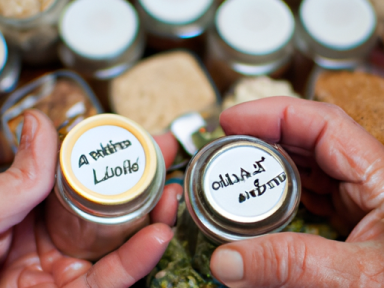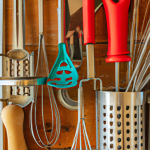The Wisdom of Saving and Storing Seeds
In today’s uncertain world, it is crucial to be prepared for any crisis or disaster that could disrupt our comfortable way of life. Imagine a scenario where grocery stores are empty, and food becomes scarce. In such times, the ability to grow your own food becomes invaluable. One of the key skills every self-reliant individual should possess is the knowledge of saving and storing seeds for future planting seasons.
Why Save Seeds?
There are several important reasons why saving seeds is essential:
- Sustainability: By saving seeds, you are not only ensuring a continuous supply of food for yourself and your family but also promoting sustainability. When you save and replant open-pollinated or heirloom seeds, you contribute to preserving biodiversity and protecting plant varieties that may otherwise get lost with commercial hybrid seeds.
- Self-Reliance: In a crisis, the ability to produce your own food is a game-changer. By saving and storing seeds, you are empowering yourself to be self-reliant. No longer will you have to rely on external sources for your basic needs.
- Cost Savings: Buying new seeds every planting season can be expensive. By saving your own seeds, you eliminate this recurring cost. Additionally, you can also trade or share seeds with other like-minded individuals, creating a sense of community and resilience.
Seed Saving Basics
When it comes to saving seeds, it is crucial to follow some fundamental steps to ensure the best quality seeds for future plantings:
- Choose the Right Plants: Not all plants are suitable for seed-saving. Focus on open-pollinated or heirloom varieties, as they will produce seeds that come true-to-type. Avoid hybrid plants, as their offspring may not resemble the parent plant.
- Harvest at the Right Time: Seeds need to be fully mature before harvesting. This often means allowing the plant to go past the point of edibility. For example, bell peppers should be left on the plant until fully ripe and starting to wrinkle before collecting the seeds.
- Process and Dry Seeds: Once you’ve harvested the seeds, it’s crucial to properly process and dry them. Remove any debris or plant material and spread the seeds out to air dry. Proper drying will prevent mold or rot and ensure the seeds remain viable for a long time.
Proper Seed Storage
After you’ve harvested and dried your seeds, it’s time to store them properly to maintain their viability:
- Cool and Dry Environment: Seeds should be kept in a cool, dry place to prevent them from deteriorating. Moisture and heat can significantly reduce their shelf life.
- Choose the Right Containers: Opt for airtight containers, such as glass jars or small plastic bags, to store your seeds. Make sure the containers are clean and dry before adding the seeds.
- Label and Date: Properly label your containers with the plant variety and the date of harvesting. This information will help you keep track of the seeds’ age and ensure you use the oldest seeds first.
Remember, seeds are the lifeblood of any garden or homestead. By saving and storing seeds, you are investing in your future resilience and self-reliance. Start learning the art of seed saving today, and you’ll be better prepared for any crisis that may come your way.




GIPHY App Key not set. Please check settings